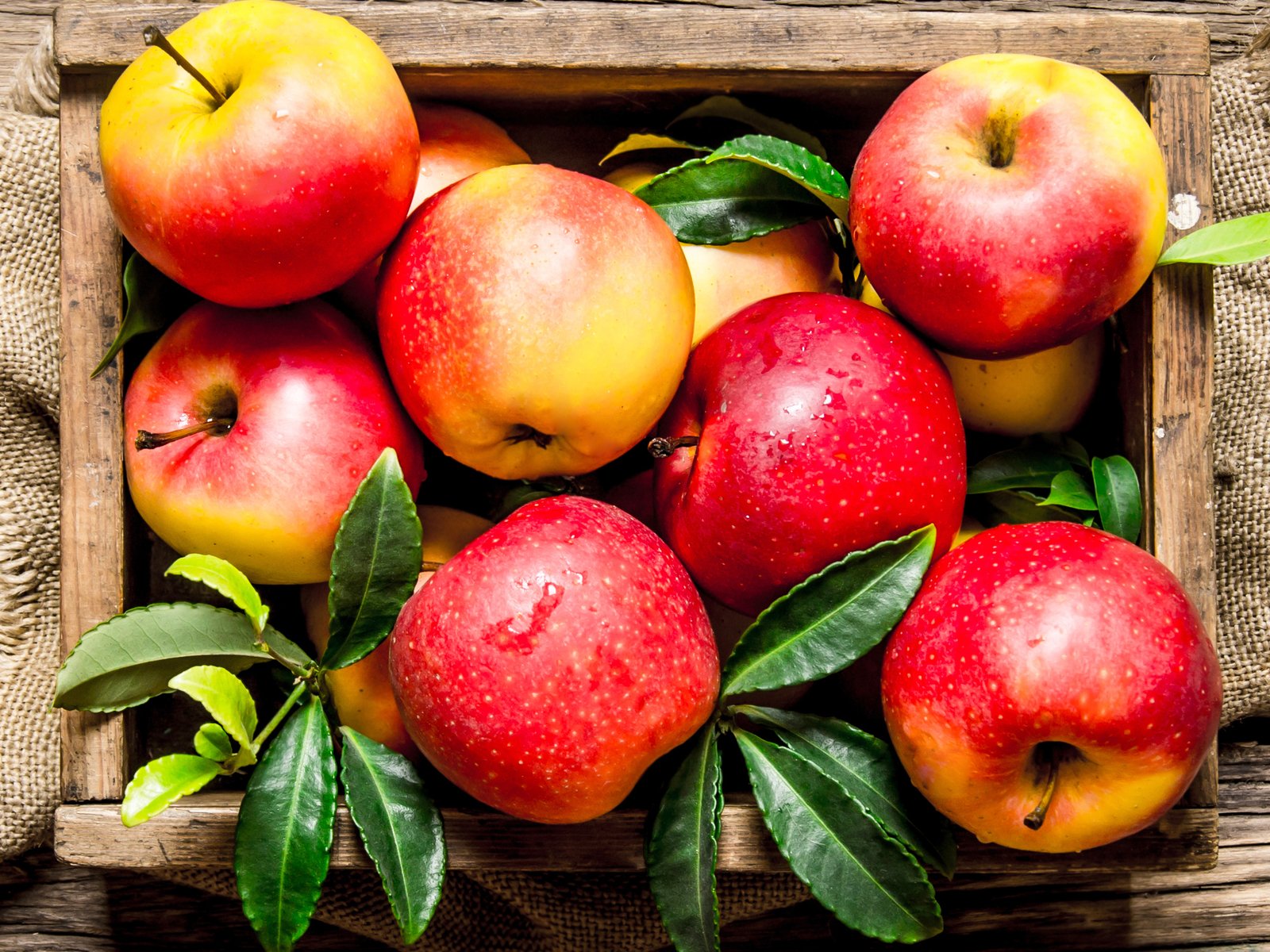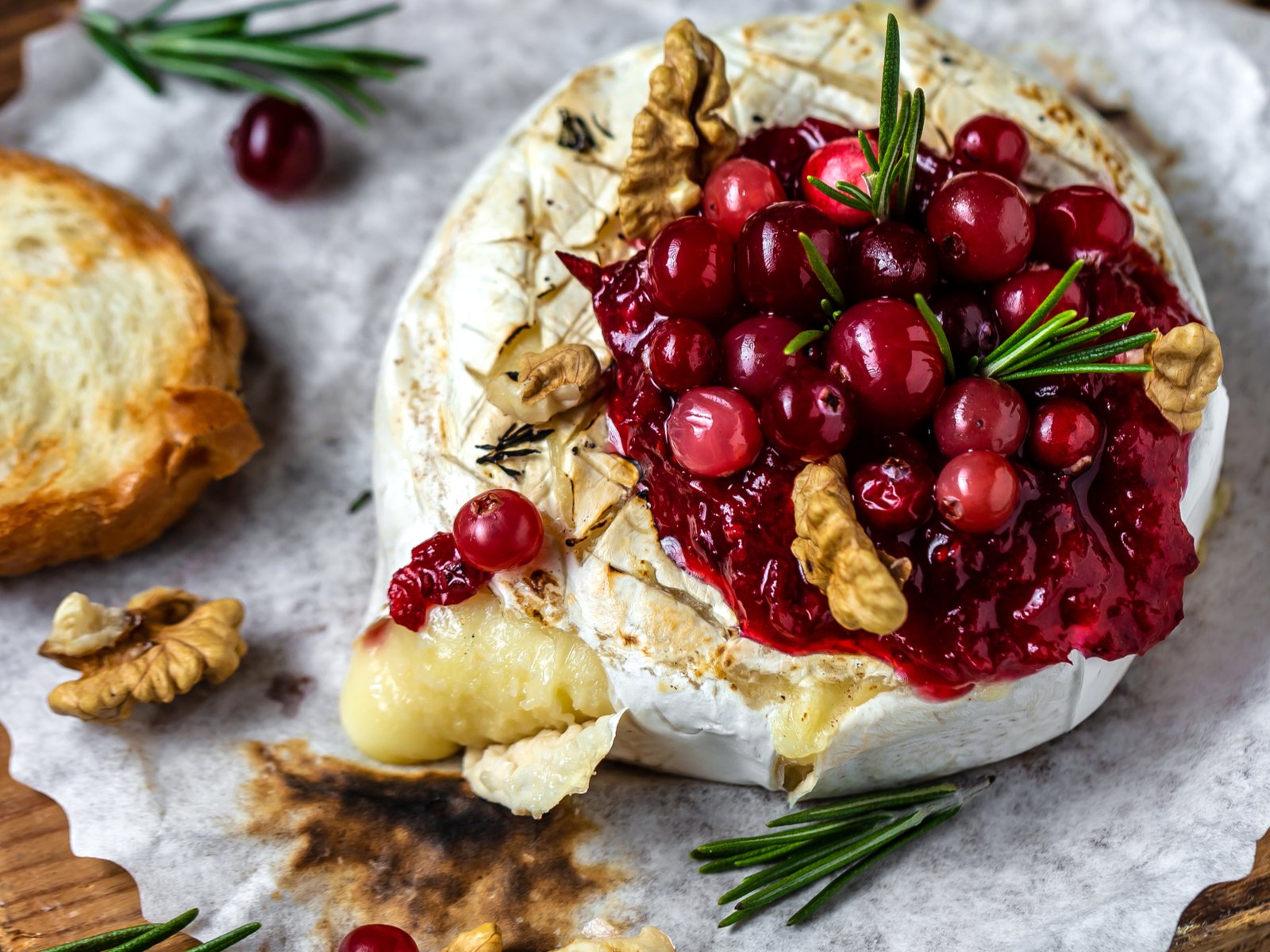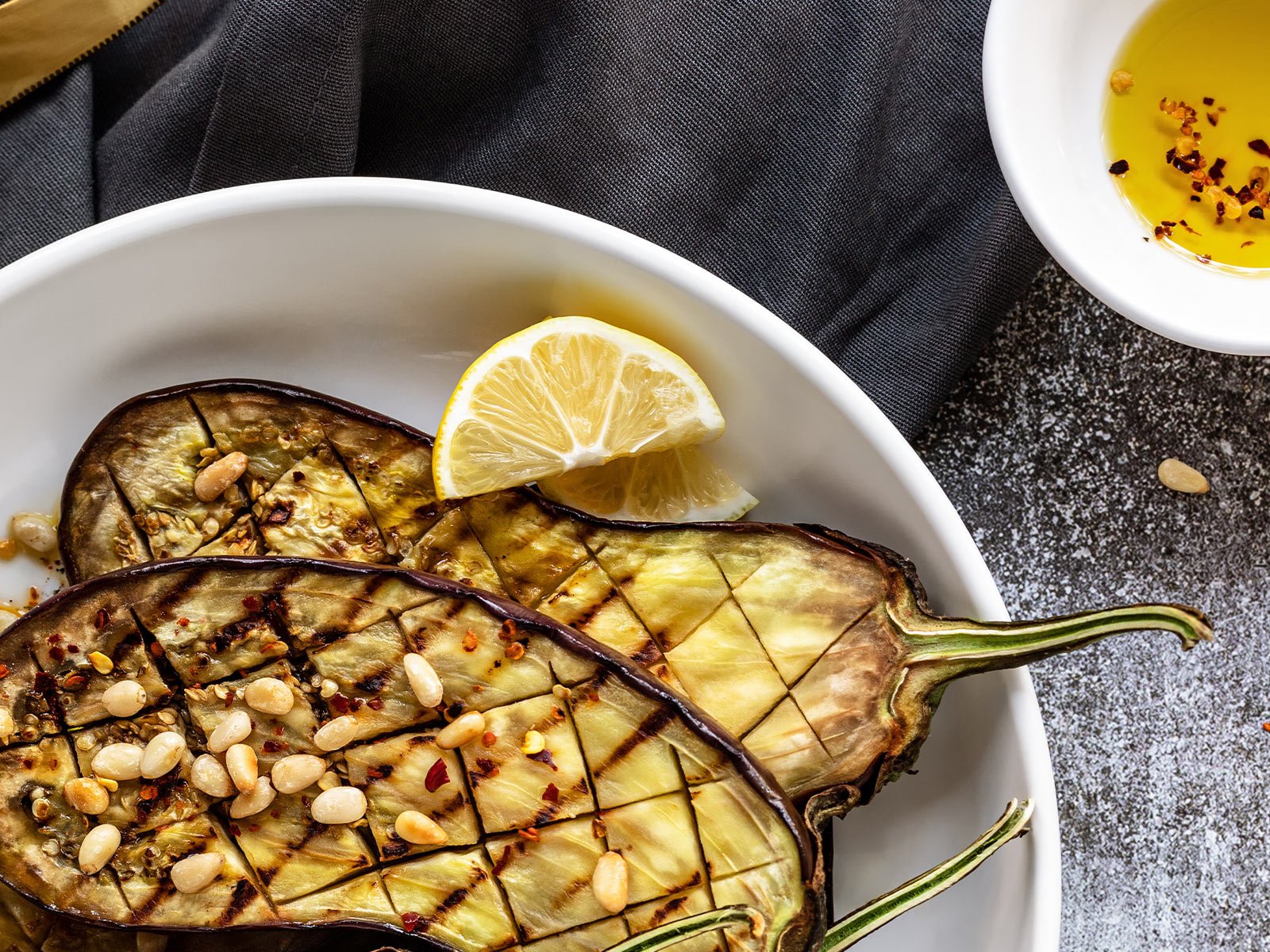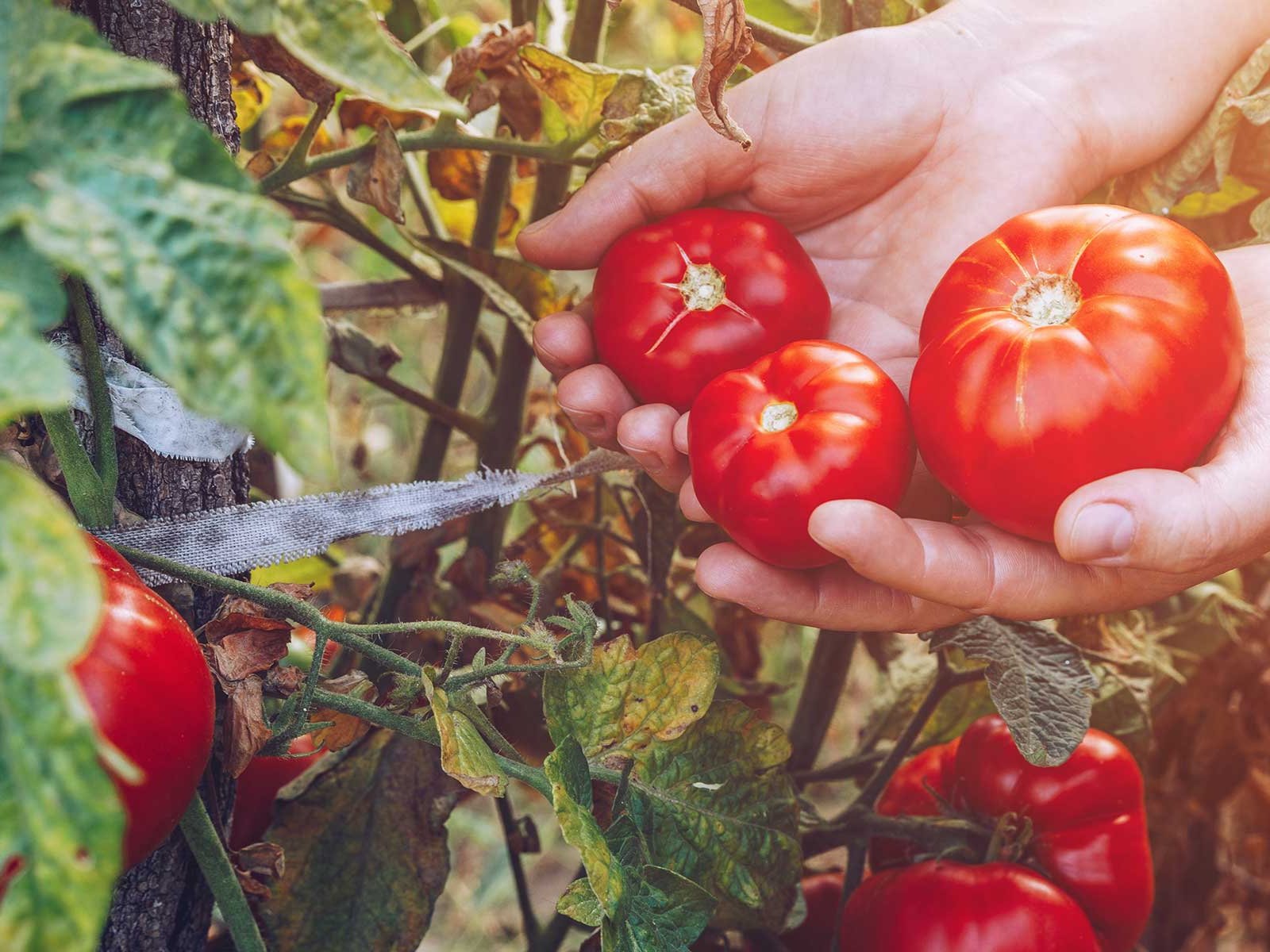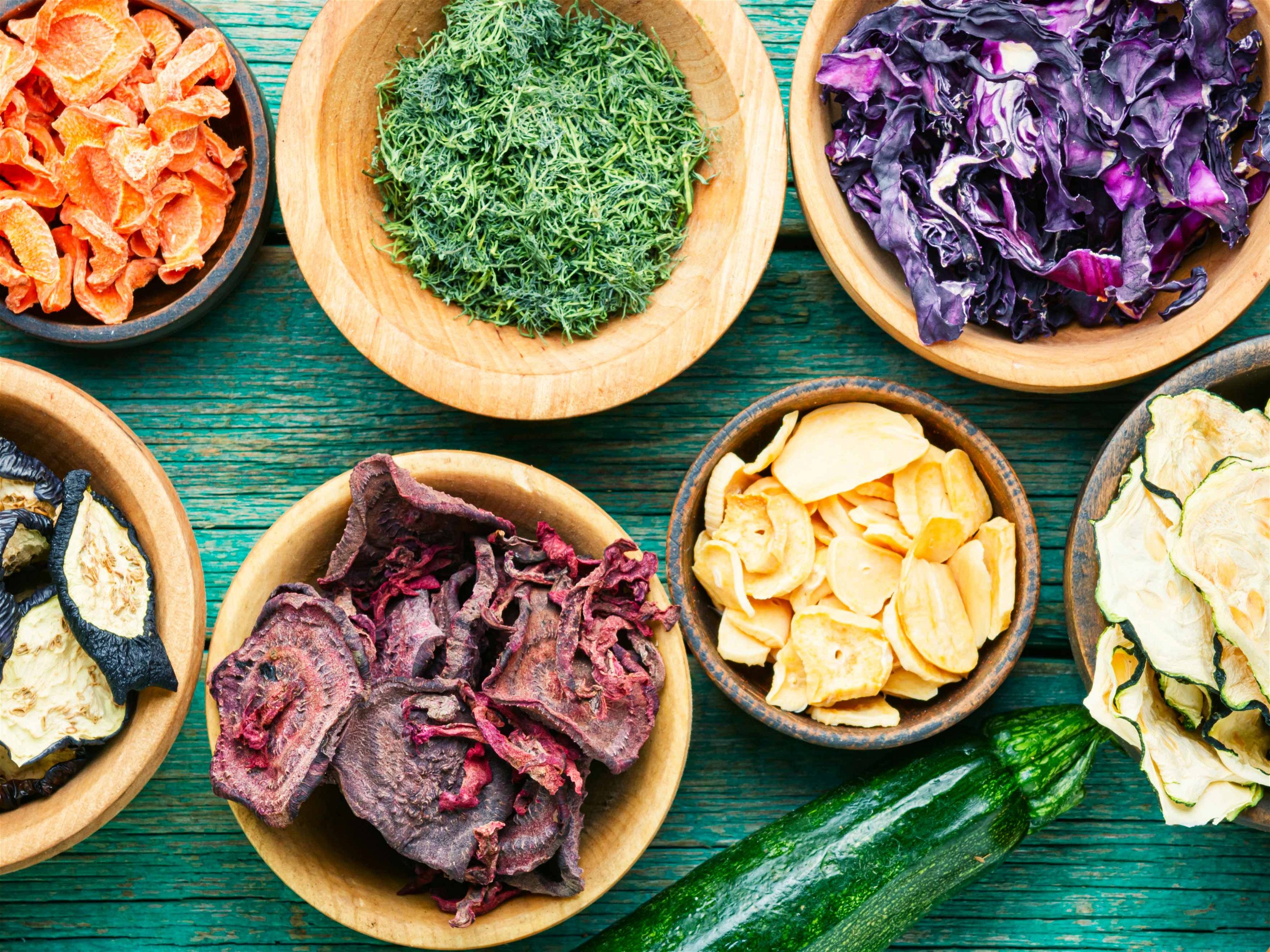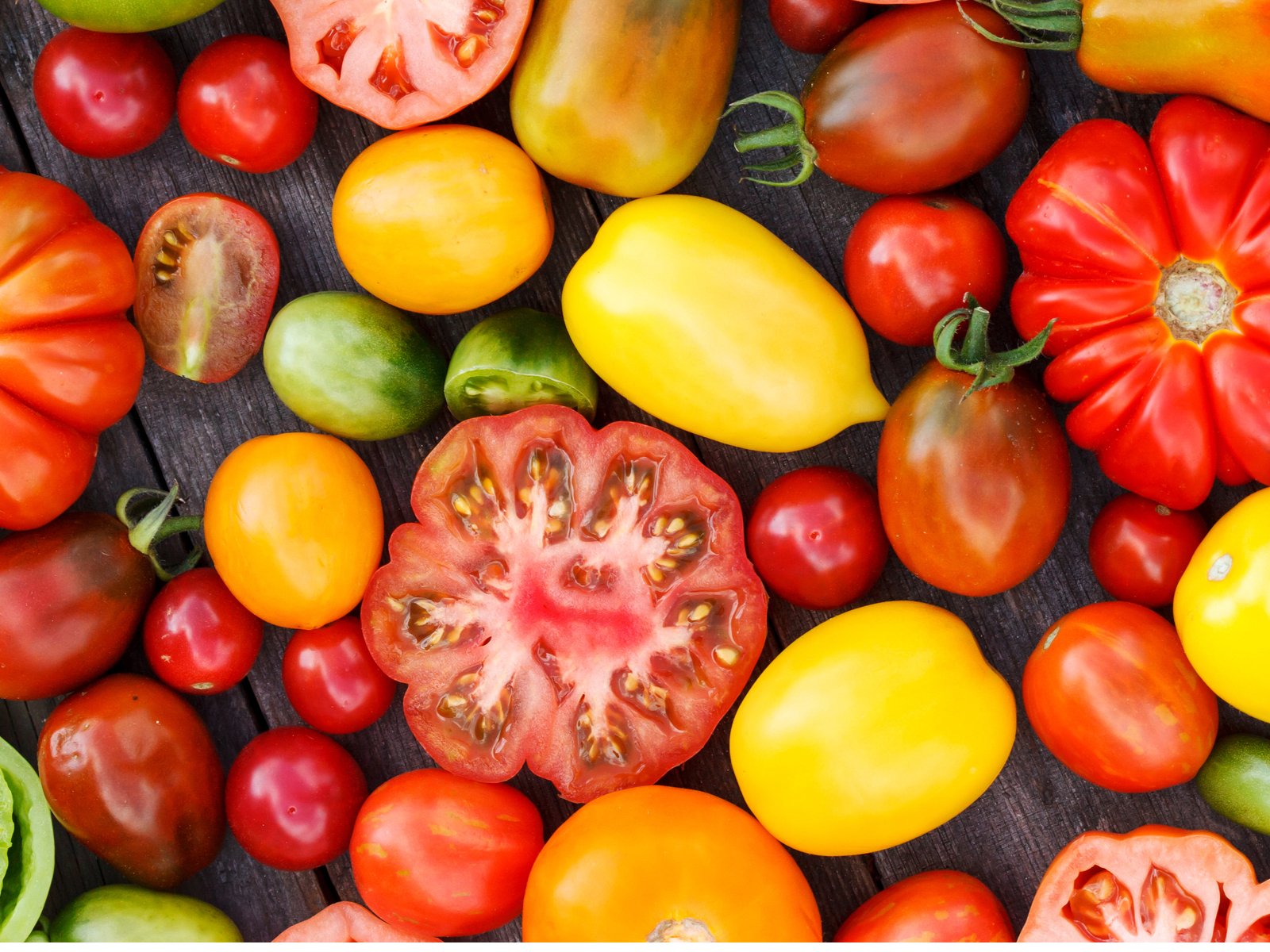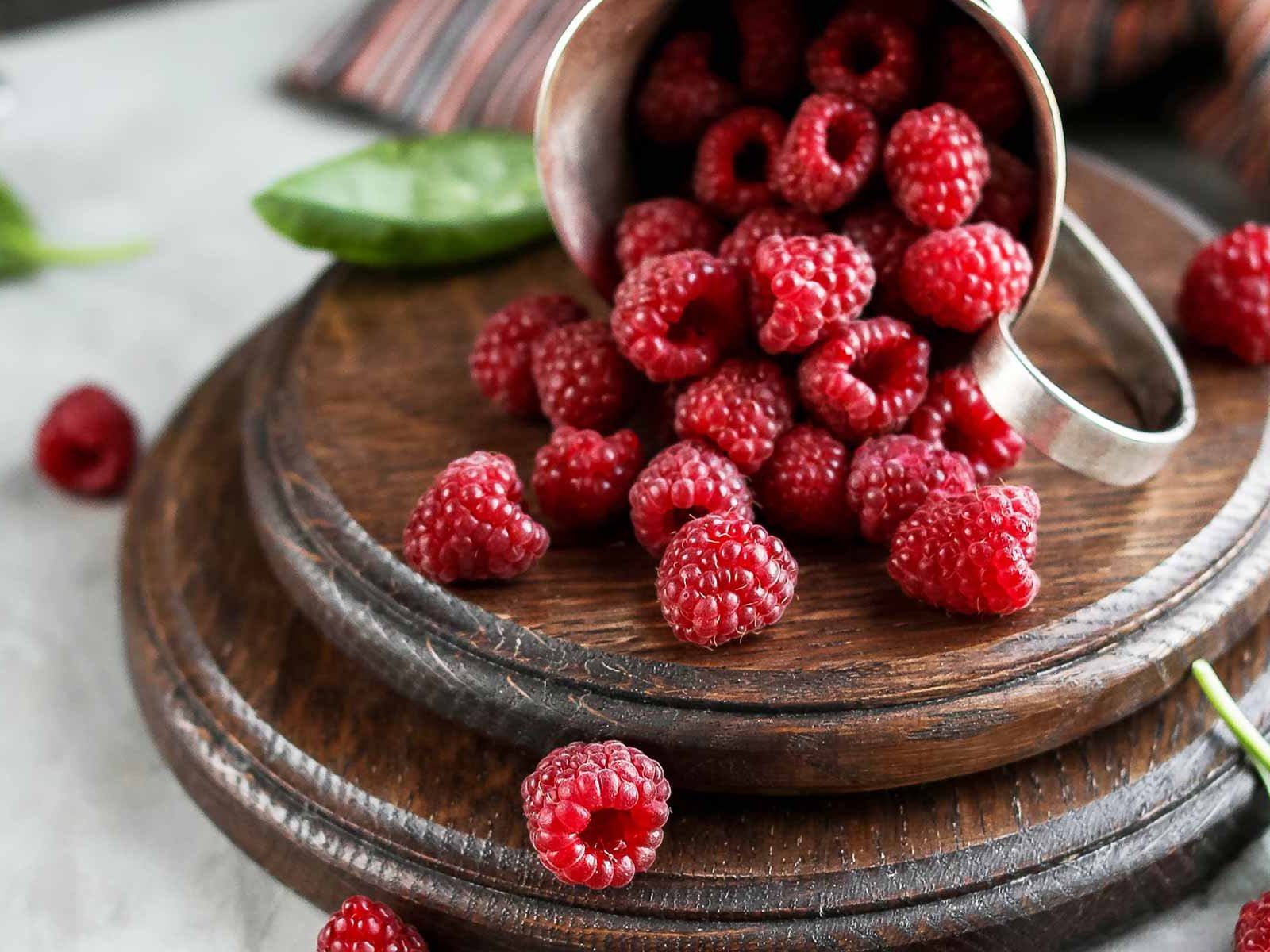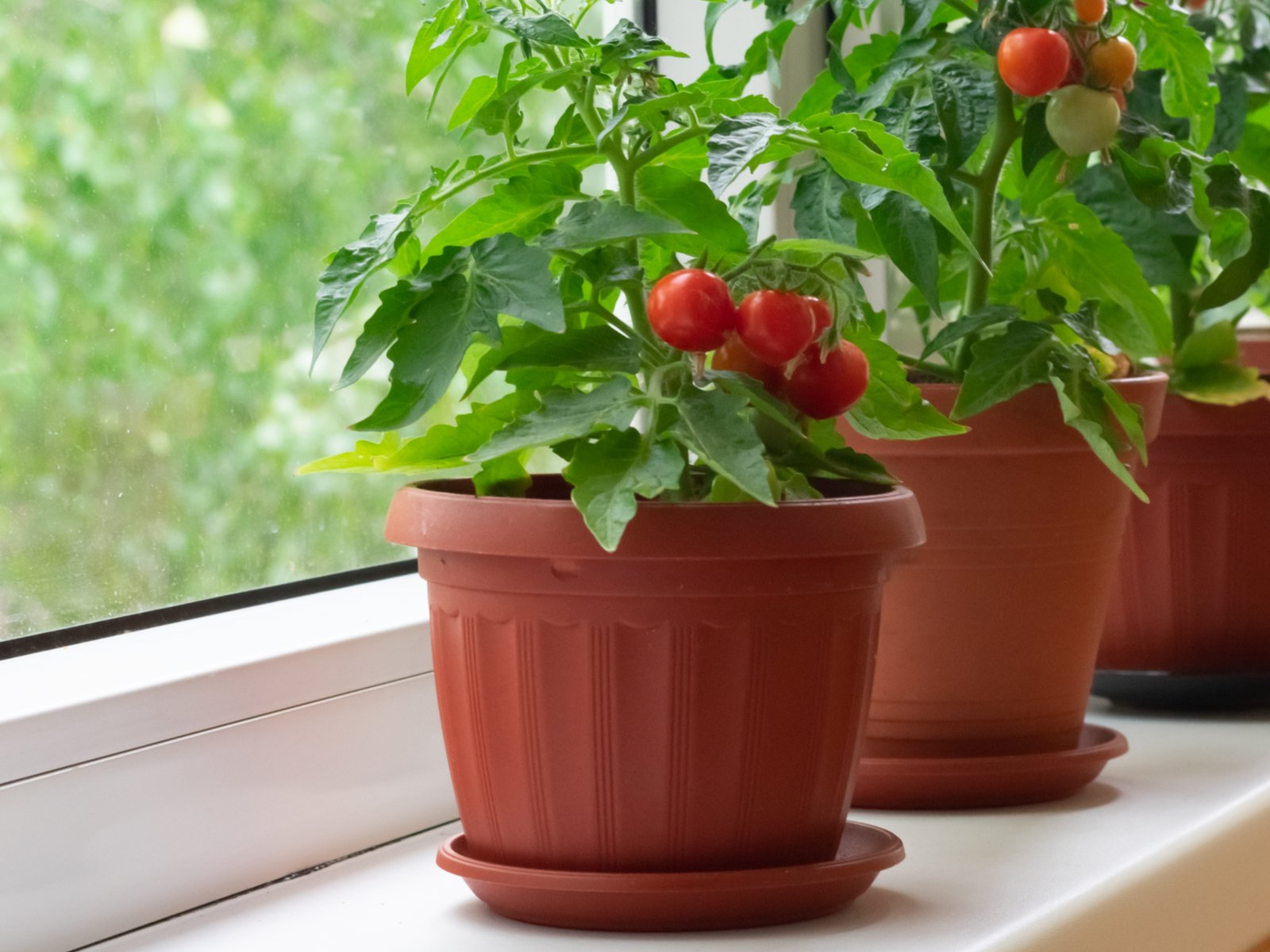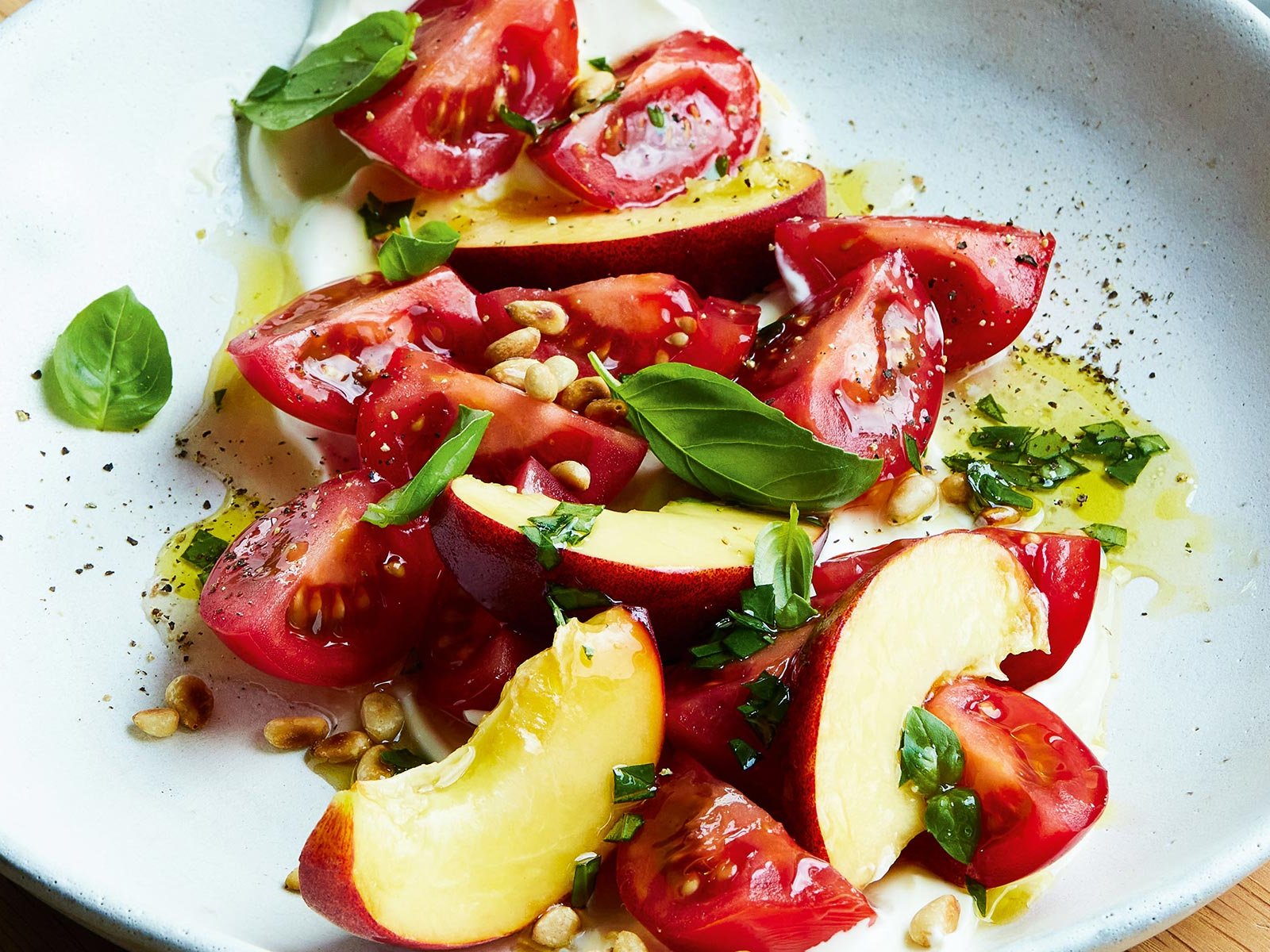6 Plum Varieties That Burst with Flavour
Plums make fabulous jams, a great array of drinks and can be savoured as a sweet treat.
Every nation has its favourite way to celebrate the arrival of plum season, as well as an inventive array of drinks, preserves and gloriously sweet treats to ensure this fruit can be enjoyed year-round. Here are six of the finest plum varieties to seek out.
1. Mirabelle
Surely a strong contender for the plum with the prettiest name, the mirabelle’s appeal extends seamlessly into its entrancingly sweet flavour. Small and round with an eye-catching red or yellow colour, mirabelle fruit are too fragile to travel far or survive supermarket storage.
Fortunately for plum lovers its trees have established an extensive footprint, both wild and cultivated, across much of Europe and even into the US. However, the mirabelle’s spiritual home is surely Lorraine in north-eastern France, where the variety even enjoys AOC protection.
Each August the city of Metz hosts a two-week mirabelle festival where, amid the parades and firework displays, visitors can tuck into the craftsmanship of local patissiers, confiseurs and distillateurs.
2. Victoria
Ask anyone in the UK to name a plum variety and this is almost certainly the one they’ll choose. The country’s most popular plum is named after one of its most famous monarchs, Queen Victoria.
Sweet and succulent with an attractively blushing red or purple tinge across its golden skin, the Victoria plum also offers vibrant acidity and a firm texture, which makes it a useful choice for cooking as well as eating.
If you have a tree in your garden, then the benefits of such versatility will be all too clear: this is a very generous cropper so it’s useful to have a host of plum recipes on standby for when the glut arrives.
Fortunately the English specialise in warming puddings: cinnamon spiced plum crumble, plum and apple cobbler or a juicy teatime slice of plum cake, all served with a generous dollop of cream of course.
3. Damson
These small, purple skinned plums with golden flesh have a proud tradition of alcoholic refreshment. Whether it’s called slivovitz, palinka, quetsche or Pflümli, plum brandy is not just a specialism but a cornerstone of cultural identity for many nations, especially in eastern Europe and the Balkans.
Damsons are also found widely across England, where they are commonly steeped in gin during the autumn months, reaching perfection just as the January chill calls for a fruity, warming liqueur. Try adding a generous splash of damson gin to your sauce accompanying roast game and pork dishes, or incorporate it into some slow braised red cabbage for the same wintery glow.
Damsons also lend themselves well to less boozy purposes. Although their sweet and sour personality makes this variety less suitable for eating fresh off the tree, once turned into jam that savoury bite counterbalances the sugar component beautifully.
4. Greengage
Don’t be deceived by the green colour into thinking these plums will be mouth-puckeringly tart. In fact, greengages are one of our most deliciously sweet plum varieties, their many culinary attributes frequently overlooked amid the sheer pleasure of snacking on them fresh.
The greengage takes its English name from Sir William Gage, 2nd baronet of Hengrave, who is believed to have introduced the plum from France during the late 17th century. Its French name is even more aristocratic: Reine Claude was named in honour of the country’s early 16th century Queen consort to Francis I. That name has been picked up by several other countries, including Portugal with Rainha Cláudia, a variety enthusiastically adopted by this notoriously sweet-toothed nation.
The Dominican nuns in the convent at Elvas in Alentejo perfected a recipe that involved repeatedly boiling the plums in syrup over the course of several weeks. The result is a delicacy still savoured today that pairs beautifully with blue cheeses or makes a favourite topping for the local egg-based dessert sericaia. It is also thought to be the inspiration for The Nutcracker’s sugar plum fairy.
If you lack the time or patience of Portuguese nuns then take inspiration from the French and turn your greengage glut into a tart, clafoutis or, for an even simpler path to pleasure, stew them briefly in syrup to make a delicious, versatile compote.
5. Elephant heart
A striking name for a striking plum. From its large, heart-shaped curves to vivid crimson interior and delightfully juicy, flavoursome flesh, this is a variety to look out for. You might have to look quite hard though.
Frustratingly, all those attractive attributes are balanced by cultivation challenges, mottled brownish skin, particularly delicate flesh and a flavour that stubbornly conceals itself in grassy disappointment until the fruit is fully ripe.
All these factors tend to put off major commercial growers, but keep your eyes peeled when wandering the farmers’ markets, especially in California, where this variety was first conceived and remains rooted.
The elephant heart was just one of hundreds of plant varieties conceived by the creative horticultural pioneer Luther Burbank during the early 20th century from his base in Sonoma. This particular variety was bred from Burbank’s Japanese plum collection and first launched commercially in 1929.
Today the elephant heart’s rarity has earned it a place in the Slow Food Foundation’s Ark of Taste, a collection of culturally and gastronomically significant varieties in need of protection. Sometimes the best way to guarantee a food crop’s future is to stoke demand so when the elephant heart’s August ripening season next comes round don’t forget to treat yourself, friends and family in a good cause.
6. Chinese plum
What’s that round, reddish object nestled in the rice of your lunchtime bento box like a Japanese flag? The chances are it’s an umeboshi, the dried then pickled incarnation of a Chinese plum, also known in its long adoptive country as a Japanese plum. In fact, this variety is more closely related to the apricot.
While this savoury preparation of the Chinese plum is valued for its digestive properties, the variety is also used to make that thick, sweet and sour plum sauce that is such a mouth-watering staple of Cantonese cuisine in particular.
On a hot summer’s day, the residents of many south-east Asian countries reach for a bottle of refreshingly chilled sweet and sour plum juice, often infused with flowers or given an extra flavour twist by smoking the plums first. That sweet yet tangy flavour also lends itself well to various types of alcoholic beverage such as Japanese umeshu or Korean maesil-ju.


